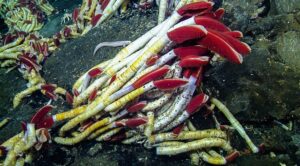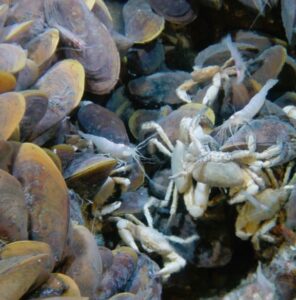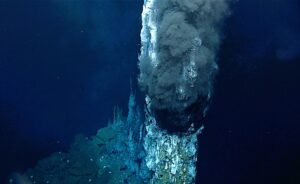- abaashishb7
- May 18, 2024
- 10:21 am
- No Comments
Mariana Trench Animals
Mariana Trench Animals
* Discover the Unique Animals of the Mariana Trench: Hidden Wonders
Introduction
Beneath the vast expanse of the Pacific Ocean lies one of Earth’s most mysterious and
intriguing places—the Mariana Trench. This deep-sea chasm is not just a geological
wonder but also a treasure trove of unique and bizarre life forms. Exploring these
Hidden Wonders offers insights into the resilience of life and the extremes it can
endure. Join us as we dive into the depths of the Mariana Trench to discover its
remarkable inhabitants.
 Mariana Trench Animals
Mariana Trench Animals
* What is the Mariana Trench?
The Mariana Trench is a colossal underwater chasm located in the western Pacific
Ocean, east of the Mariana Islands. It stretches over 1,550 miles long and 45 miles
wide, with its deepest point, the Challenger Deep, plunging approximately 36,000 feet
below sea level. This trench is a product of tectonic activity, where the Pacific Plate
subducts beneath the smaller Mariana Plate. Historically, the trench has captivated
scientists and explorers alike. The first manned descent into the trench occurred in
1960 by Jacques Piccard and Don Walsh aboard the bathyscaphe Trieste. Since then,
technological advancements have enabled more frequent and detailed explorations,
revealing the trench’s hidden wonders.
* Life in Extreme Conditions
Living in the Mariana Trench means adapting to some of the harshest conditions
imaginable. The immense pressure at these depths—more than 1,000 times that at sea
level—can crush unprotected structures. Temperatures near freezing and complete
darkness makes survival even more challenging. Additionally, the trench’s environment
is rich in chemicals like hydrogen sulfide and methane, particularly around
hydrothermal vents.
* Adaptations for Survival
The creatures of the Mariana Trench have evolved extraordinary adaptations to thrive in
such an inhospitable environment. Many have flexible cell membranes and proteins that
function under extreme pressure. Bioluminescence, the ability to produce light, is
common, helping these animals navigate, communicate, and hunt in the darkness.
Feeding strategies are also specialized, with some species scavenging detritus while
others rely on chemosynthesis near hydrothermal vents.
* The Remarkable Creatures of the Mariana Trench
Xenophyophores
These giant single-celled organisms can grow up to 10 centimeters in diameter, living
on the ocean floor. Xenophyophores are known for their complex structures and
significant role in deep-sea ecosystems, providing habitats for other organisms.
Mariana Trench Animals
Dumbo Octopus
With their ear-like fins, Dumbo Octopuses are named for their resemblance to the Disney
character. These octopuses move gracefully by flapping their fins and are found at
depths of up to 13,000 feet. Their whimsical appearance and unique locomotion make
them one of the trench’s most endearing residents.
Mariana Trench Animals
Barreleye Fish
These fascinating fish have a transparent head, allowing them to look upward through
their own skull. The Barreleye Fish uses its tubular eyes to detect prey silhouetted
against the faint light above, a remarkable adaptation for life in the deep.
Mariana Trench Animals
Deep-Sea Dragonfish
With their elongated bodies, sharp teeth, and bioluminescent organs, Deep-Sea
Dragonfish are adept predators. They use light-producing barbels to lure prey, a critical
adaptation in the perpetual darkness of their habitat.
Mariana Trench Animals
Amphipods
Small but numerous, Amphipods play a crucial role in the deep-sea food web. These
crustaceans feed on detritus and are an essential food source for larger predators,
helping to recycle nutrients in the trench’s ecosystem.
* The Enigmatic Hydrothermal Vent Communities
Hydrothermal vents are underwater geysers that emit mineral-rich, superheated water.
These vents create unique ecosystems teeming with life forms that rely on
chemosynthesis.
Mariana Trench Animals
Tube Worms
Living around hydrothermal vents, Tube Worms can grow up to 8 feet long. They house
symbiotic bacteria that convert vent chemicals into energy, sustaining the worms
without sunlight.
Mariana Trench Animals
Vent Crabs
These crabs thrive in the toxic, high-temperature environment of hydrothermal vents.
Vent Crabs scavenge for food, feeding on bacteria and other small organisms that
inhabit the vent areas.
Mariana Trench Animals













